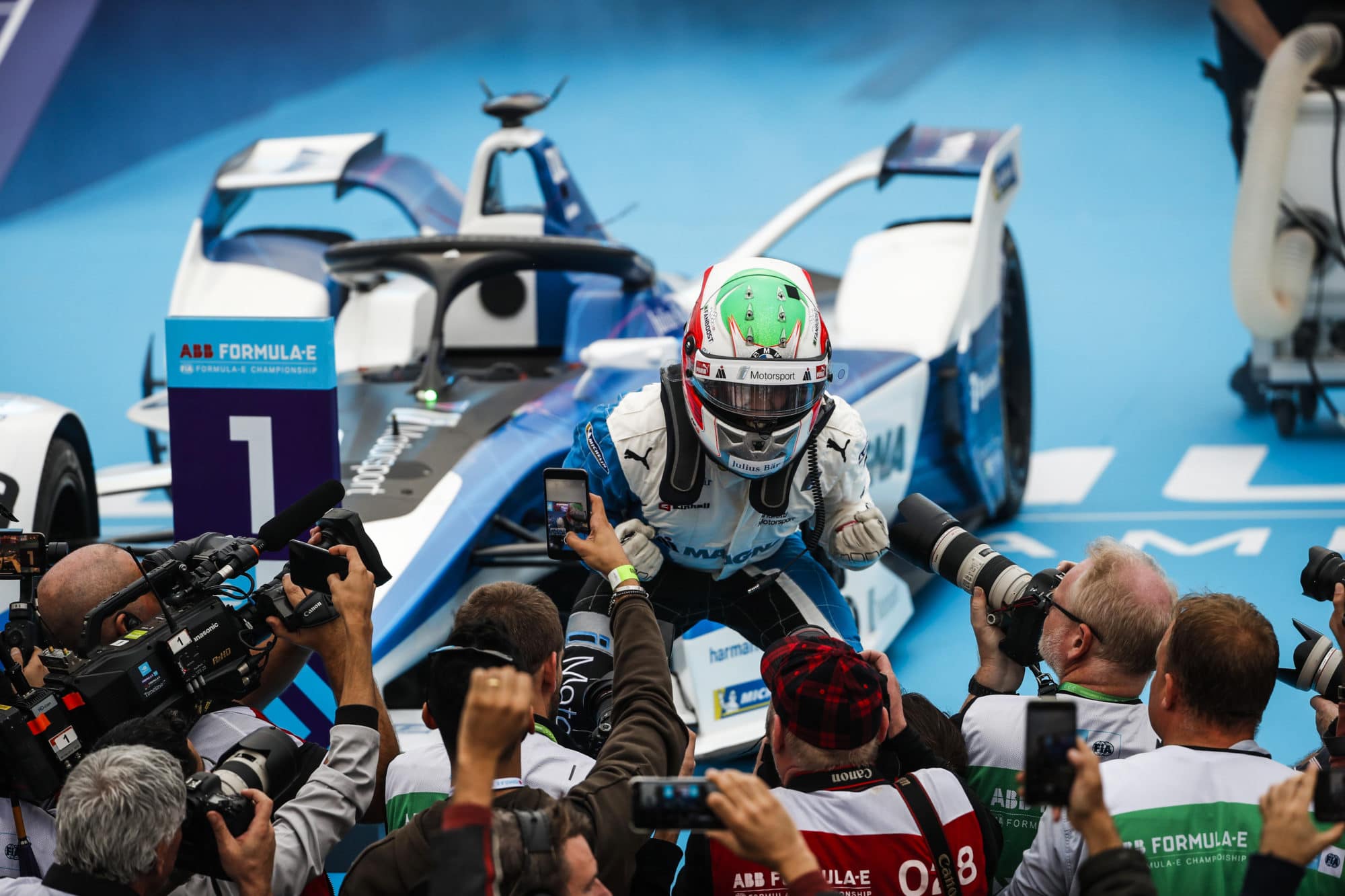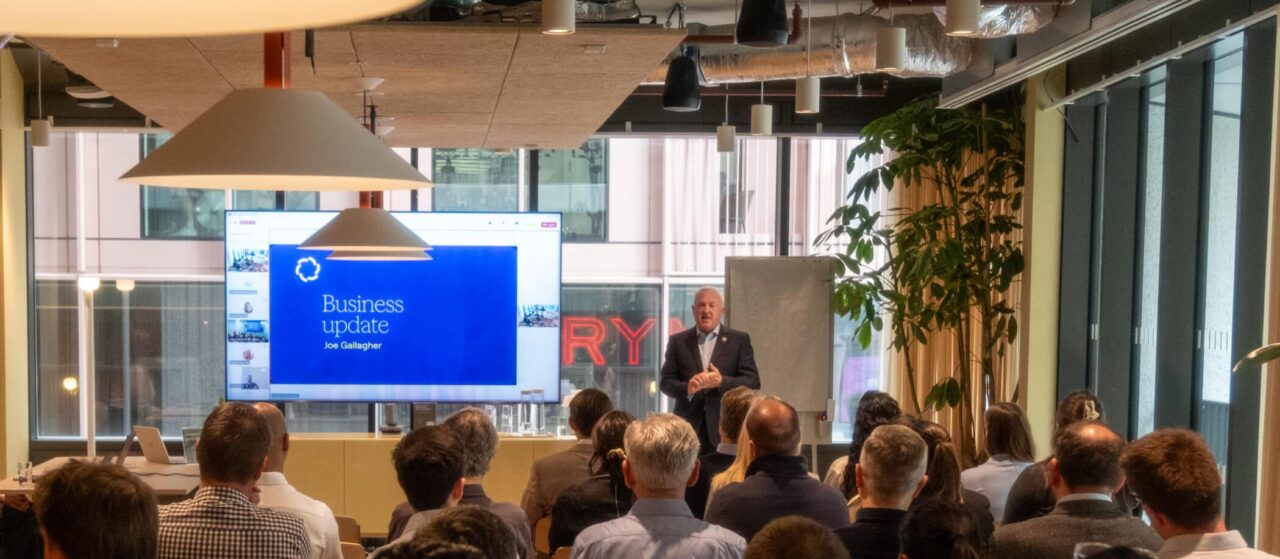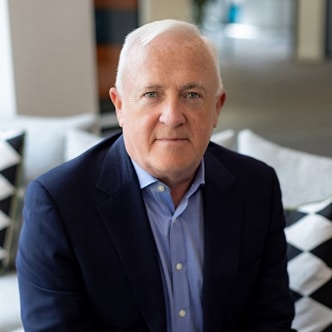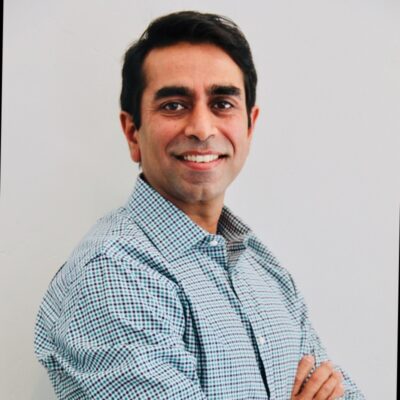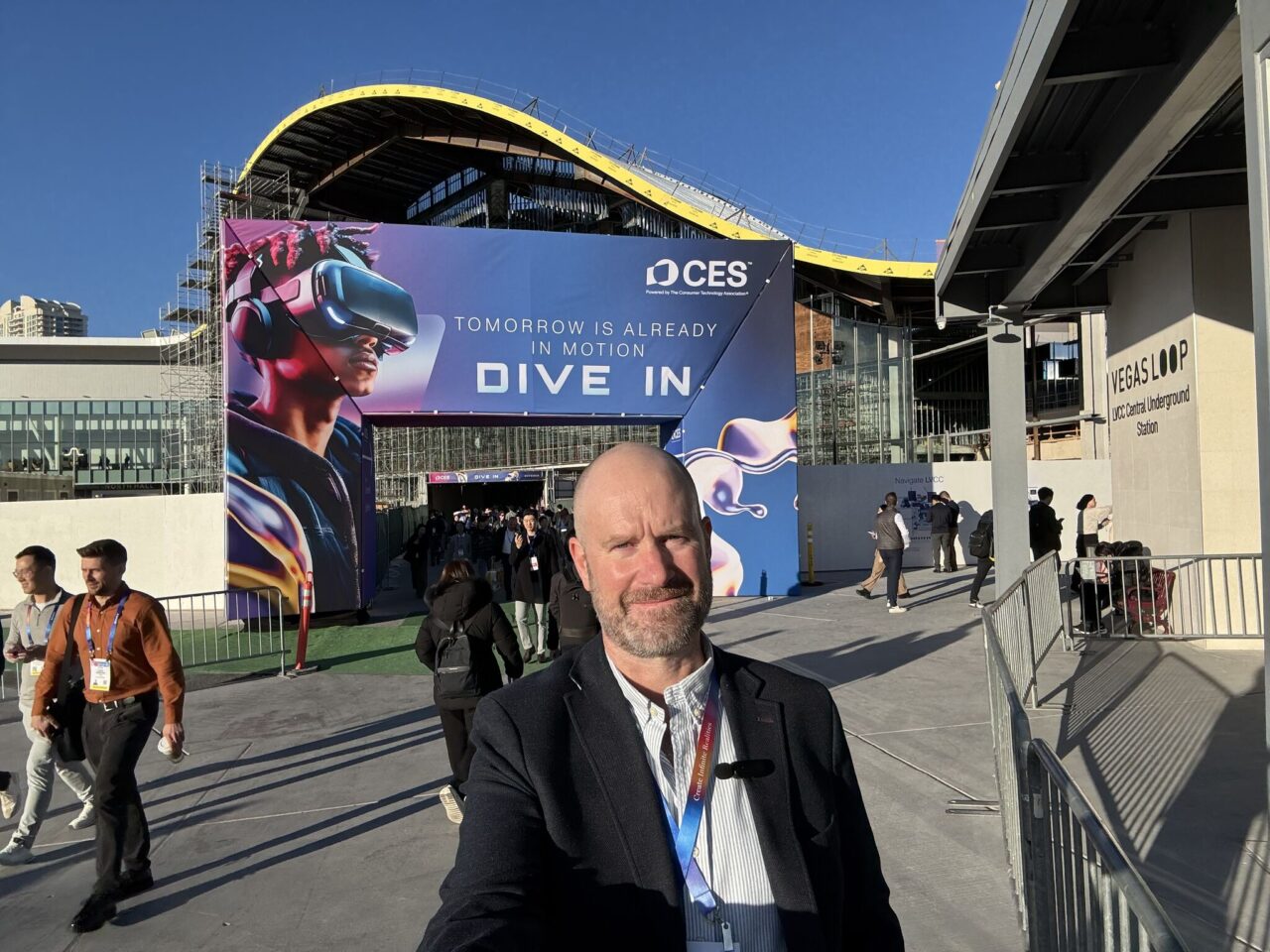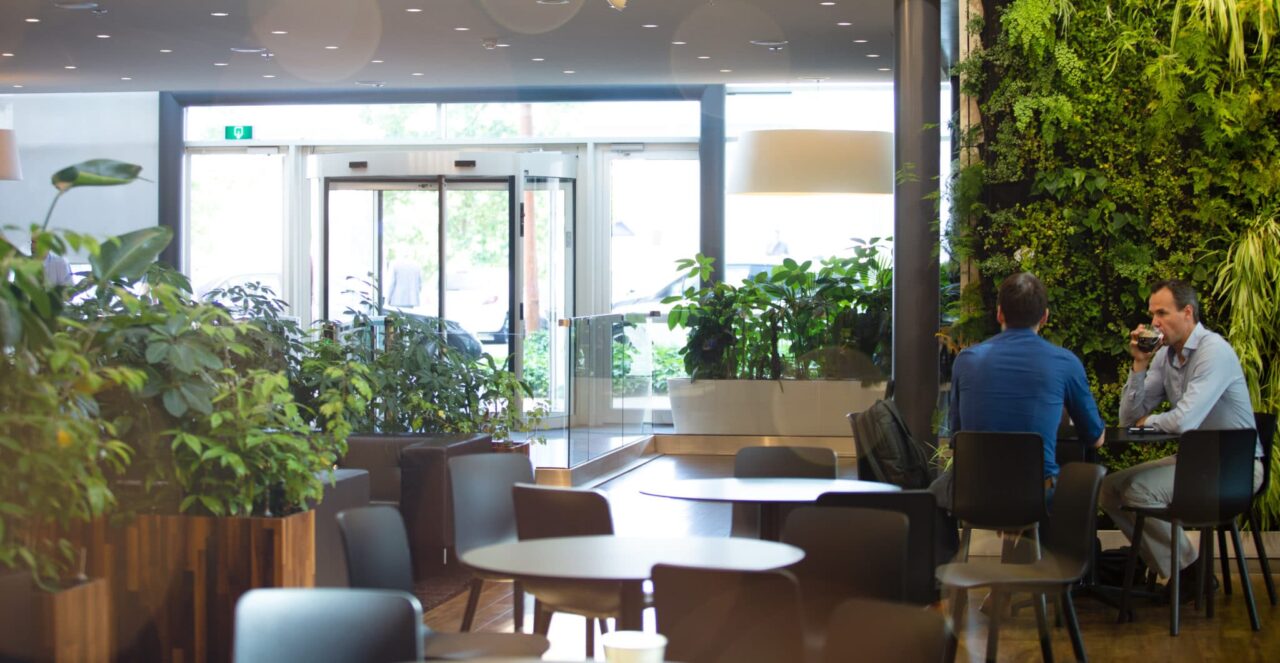Wow, what an incredible opener that was! The fifth season of the Formula E electric car-racing series kicked off over the weekend in the ruins of a UNESCO world heritage site in Saudi Arabia, with yet another run of ground-breaking firsts.
On the track it was an adrenaline-charged nail-biter, with Antonio Felix da Costa narrowly holding off reigning champion Jean-Eric Vergne after a safety car saw the race being bunched up in the closing stages. But off the track too, it was a day of historical significance in which cultural and economic boundaries were pushed into uncharted territory.
With much of the world focused on the war in Yemen and highly-disturbing accusations surrounding the murder of journalist Jamal Khashoggi, on the ground this was a remarkable milestone in the Kingdom’s Vision 2030 economic diversification strategy – which aims to move away from a reliance on oil towards more sustainable sources of energy.
In a nod to traditionalists, the doors were opened to Ad Dirayah, the ancestral oasis city of the Al Saud dynasty, to celebrate national history. At the same time the Kingdom demonstrated its intention to march boldly into a more modern, progressive future by using the event to showcase Saudi Arabia’s first-ever mass pop concerts involving the likes of Enrique Iglesias, The Blacked Eyed Peas and David Guetta.
Not only that, but nine female drivers were able to take part in an official Formula E test session in a country that only lifted the ban on women driving last June.
Chatting to some locals on the bus on the way to the one of the races, they told me, with tears in their eyes, “You have to understand, this kind of thing has never happened here.” Not only were men and women being allowed to attend a non-segregated event for the first time – but they were also being allowed to dance together – something that had been forbidden until now.
It was a moving scene, but one that typifies Formula E’s modernizing influence. The way it combines the principles of innovation, entertainment and sustainability is totally in line with our core values – and explains why it was such an attractive partnership for Liberty Global.
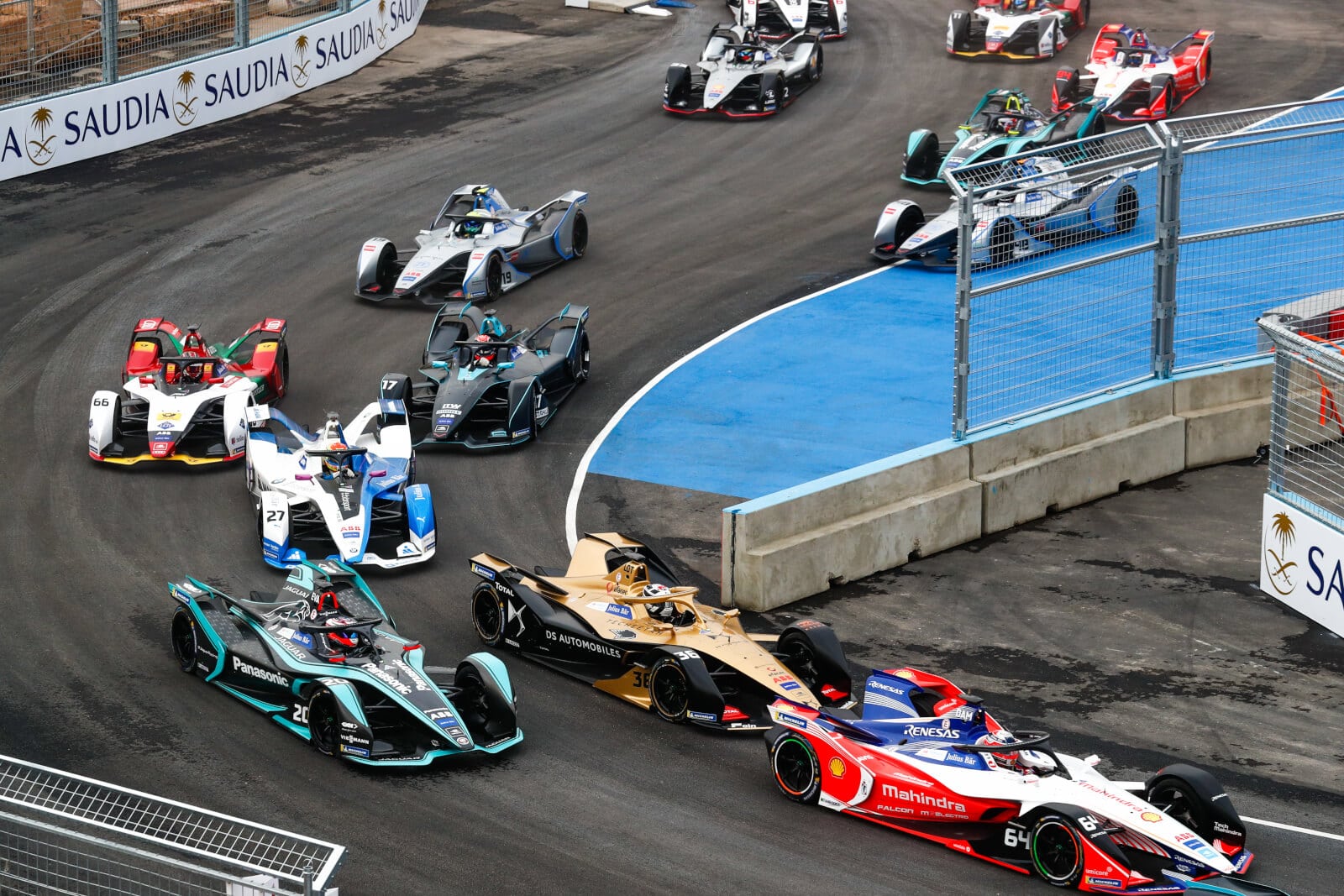
RIYADH STREET CIRCUIT, SAUDI ARABIA – DECEMBER 15, 2018
The idea for an all-electric racing series was first conceived by Jean Todt and Alejandro Agag in 2011. Three years later, after the debut season, they were in need of a strategic partner and we were keen to be involved. Since then we’ve seen the championship go from strength to strength.
Although there was some skepticism about the all-electric concept from die-hard motor heads at first, in just four seasons Formula E has become the fastest-growing sport on the planet, as well as a global entertainment brand with a loyal and rapidly-growing fan base.
Last year, over 300million fans watched the series and this season we’re expecting millions more as YouTube and the BBC broadcast the races live across their channels.
The 2018/2019 Championship marks the launch of an exciting new chapter, as the radical new Gen2 cars go head to head on the city streets for the very first time.
The new, sleek ‘Batmobile-esque’ all electric racer accelerates from 0-100km/h in just 2.8-seconds and has a top speed of 280km. It also has double the energy storage capacity of the Gen1 car, which means it can complete the full race distance – making mid race car swaps a thing of the past.
The noise pollution from the cars is also much less than in other motor sports, which means we can race on the streets in the heart of the world’s most iconic cities. This year we’re adding Riyadh, Bern and Sanya to the already stellar line-up of Hong Kong, Mexico, Paris, Rome, New York and Monaco.
The sustainability element of Formula E is part of its DNA and is among a growing number of reasons why more fans, drivers and manufacturers are being attracted.
The inclusion of fans in the lead up to, and on the race day itself is not currently being replicated anywhere else in sport, but is something that enriches the whole experience.
‘Fan boost’ has been a popular feature of the past few seasons, with viewers able to vote for their favourite driver in order to give them extra power during a race.
This season sees that concept go one step further, with drivers able to go into “Attack Mode” by arming their car, driving off the racing line and through the Activation Zone, where they will initially lose time and maybe even positions, but where they can collect an extra 25kW of power, giving them an edge over competitors.
The unpredictability of the series outcome adds to the excitement – no one has ever won more than once so there is a real buzz around who will be the first to clinch a second title.
This is yet another reason the sport has been able to attract world-class competitors such as former Toro Rosso driver Jean-Eric Vergne, who is the reigning champion.
Arguably it is Felipe Massa’s addition to the line-up which is one of the biggest talking points of the season. He’s also made the switch from F1, adding to the depth and breadth of our driving talent.
Nine global car brands including BMW, Audi, Jaguar and Nissan are among the manufacturers taking part, while Mercedes and Porscheh ave confirmed they will enter Formula E in the 2019-20 season. Having the support of such brands ensures that electric technology will continue to improve, and demonstrates the benefits of sustainable mobility.
Richard Branson predicts that Formula E will overtake Formula 1 within the next 10 years. With our Gen2 faster cars, new city circuits and world-class drivers there’s no reason why that prediction can’t become a reality.


